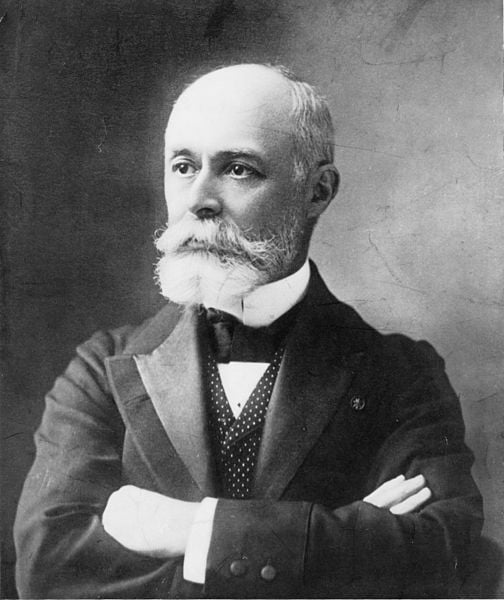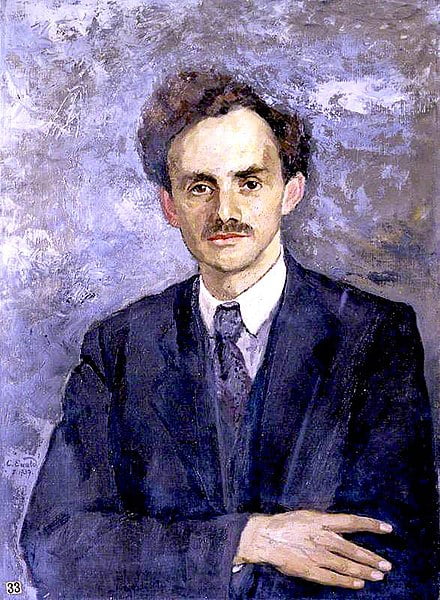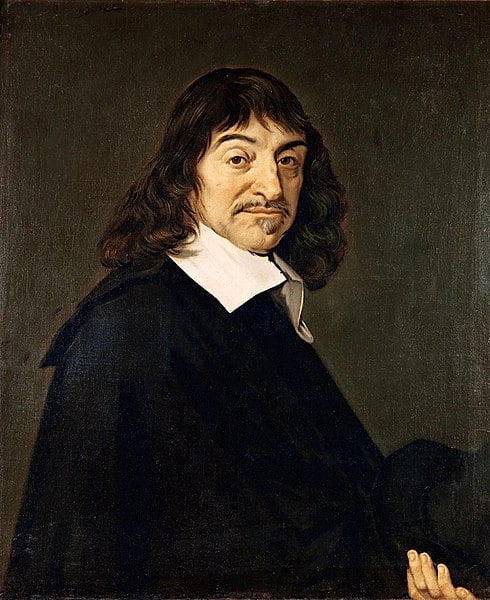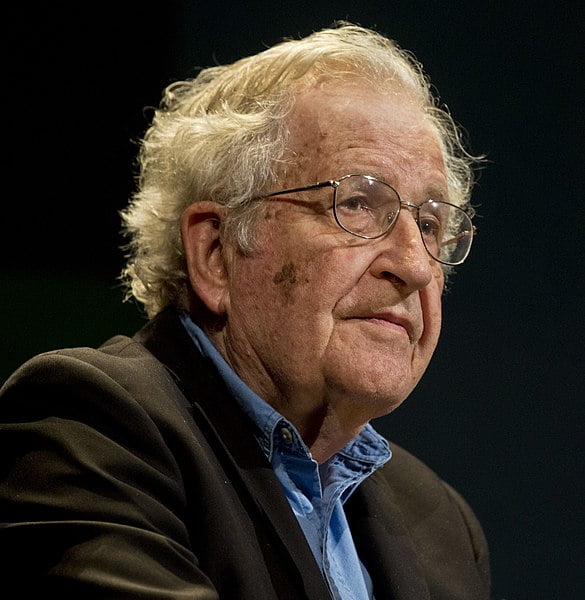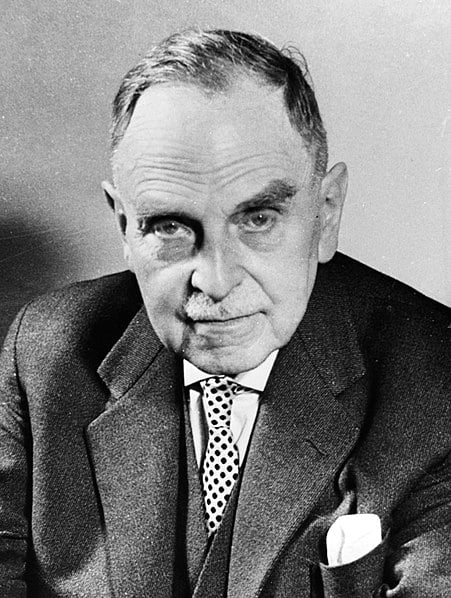| Name | Antoine Henri Becquerel |
| Born | 15 December 1852, Paris, France |
| Died | 25 August 1908 (aged 55), Le Croisic, Brittany, France |
| Alma Mater | École Polytechnique, École des Ponts et Chaussées |
| Known for | Discovery of radioactivity |
| Children | Jean Becquerel |
| Parents | Edmond Becquerel (father) |
| Relatives | Antoine César Becquerel (grandfather) |
| Awards | Rumford Medal (1900), Nobel Prize in Physics (1903), Barnard Medal (1905), ForMemRS (1908) |
| Fields | Physics, Chemistry |
| Institutions | Conservatoire des Arts et Métiers, École Polytechnique, Muséum National d’Histoire Naturelle |
| Thesis | Recherches sur l’absorption de la lumière |
| Doctoral Advisor | Charles Friedel |
| Scientific Contributions | Discovery of radioactivity, Becquerel’s earliest works centered on plane polarization of light, phosphorescence, and absorption of light by crystals |
| Career Highlights | Physics chair at the Muséum National d’Histoire Naturelle (1892), Chief engineer in the Department of Bridges and Highways (1894), Professor at École Polytechnique (1895) |
| Unit Named After | The SI unit for radioactivity, the becquerel (Bq), is named after him |
